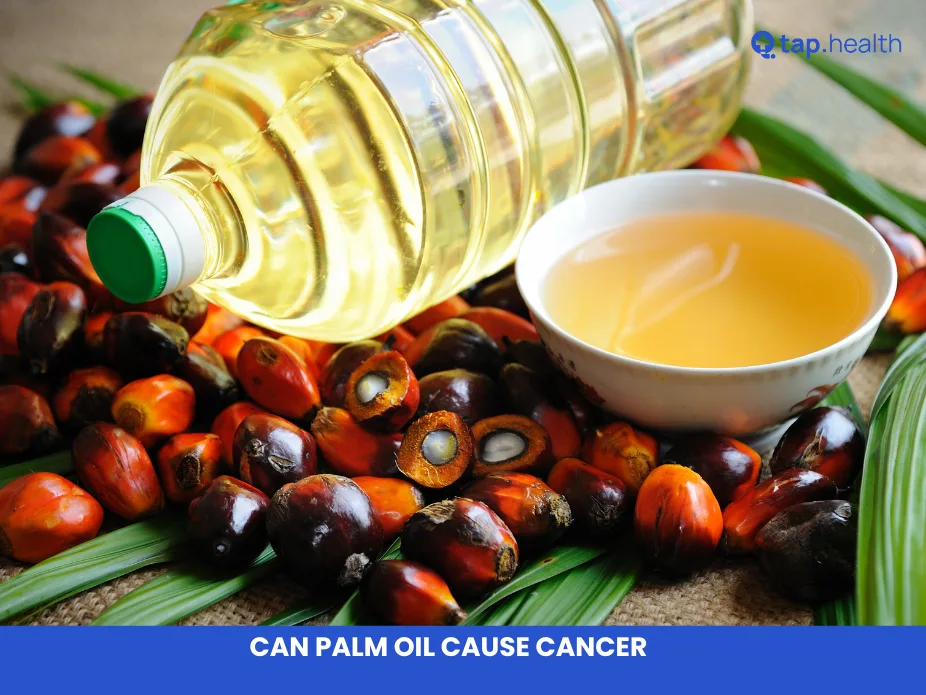Rice is a staple food for more than half of the world’s population. It forms the foundation of daily meals for people in many countries, providing essential nutrients and energy. Despite being a source of carbohydrates, rice is often debated in health and fitness circles due to its potential impact on weight management and blood sugar levels.
One of the most common questions people ask about rice is: “How many calories are in 100 grams of rice?” Understanding the calorie content of rice is crucial, especially for those monitoring their calorie intake for weight loss, maintenance, or muscle gain.
In this article, we’ll delve into the calorie content of 100 grams of rice, explore the nutritional breakdown, and discuss how different types of rice affect your diet. We’ll also touch on cooking methods, serving sizes, and provide answers to frequently asked questions related to rice and its calorie content.
How Many Calories Are in 100 Grams of Rice?
The calorie content of 100 grams of rice can vary depending on the type of rice and whether it is raw or cooked. Let’s explore the calorie content in both raw and cooked rice.
1. Raw Rice (100 grams)
Raw rice typically contains more calories than cooked rice due to the difference in water content between the two. On average, 100 grams of raw rice contains:
- Calories: 350-370 calories (depending on the type of rice).
- Carbohydrates: 75-80 grams
- Protein: 6-8 grams
- Fat: 0.5-1 gram
- Fiber: 1-2 grams
When you cook rice, it absorbs water, which dilutes its calorie density. Therefore, the calorie count per 100 grams of cooked rice will be lower than its raw counterpart.
2. Cooked Rice (100 grams)
The calorie content of cooked rice varies depending on how much water is absorbed during cooking. In general, cooked rice contains:
- Calories: 120-130 calories per 100 grams of cooked rice.
- Carbohydrates: 25-30 grams
- Protein: 2-3 grams
- Fat: 0.3-0.5 grams
- Fiber: 0.5-1 gram
Cooking rice generally increases its volume due to water absorption. Since water has no calories, the calorie density decreases after cooking. For example, 100 grams of raw rice will expand to approximately 250 grams of cooked rice, which means the calories per serving of cooked rice are spread over a larger amount.
Calories in Different Types of Rice
Different types of rice come with slightly different calorie profiles due to variations in their processing and nutrient content. Let’s take a closer look at the calories in different varieties of rice.
1. White Rice
White rice is the most commonly consumed type of rice worldwide. It is processed to remove the bran and germ, leaving the starchy endosperm. Although it is quick to cook and has a mild flavor, it is lower in fiber and nutrients compared to other types of rice.
- Calories (raw, 100 grams): 350-370 calories
- Calories (cooked, 100 grams): 130-150 calories
2. Brown Rice
Brown rice is a whole grain, meaning it retains its bran and germ. This gives it a higher fiber content and more nutrients than white rice, including magnesium, selenium, and B-vitamins. Brown rice tends to have a chewier texture and a nuttier flavor.
- Calories (raw, 100 grams): 340-360 calories
- Calories (cooked, 100 grams): 110-125 calories
While the calorie content of brown rice is slightly lower than that of white rice, its higher fiber content can help promote satiety and improve digestion.
3. Jasmine Rice
Jasmine rice is a fragrant white rice variety commonly used in Southeast Asian cuisine. It has a distinct aroma and is known for its fluffy texture when cooked. Like white rice, it has a high glycemic index.
- Calories (raw, 100 grams): 350-370 calories
- Calories (cooked, 100 grams): 130-150 calories
4. Basmati Rice
Basmati rice is another fragrant rice variety that originates from India and Pakistan. It is known for its long, slender grains and aromatic flavor. Basmati rice has a lower glycemic index than regular white rice, making it a better option for those managing blood sugar levels.
- Calories (raw, 100 grams): 350-360 calories
- Calories (cooked, 100 grams): 120-130 calories
5. Wild Rice
Wild rice is technically a grass, not a type of rice, but it is often grouped with other rice varieties. It is a whole grain that is high in protein and fiber. It also has a distinctive chewy texture and earthy flavor.
- Calories (raw, 100 grams): 330-350 calories
- Calories (cooked, 100 grams): 100-120 calories
6. Black Rice (Forbidden Rice)
Black rice, sometimes known as “forbidden rice,” is a highly nutritious variety that is rich in anthocyanins, the same antioxidants found in blueberries and purple grapes. It is a whole grain and contains more fiber than white rice.
- Calories (raw, 100 grams): 340-360 calories
- Calories (cooked, 100 grams): 110-130 calories
Nutritional Breakdown of 100 Grams of Rice
Rice is a rich source of carbohydrates, which provide energy. However, it also contains varying amounts of protein, fat, fiber, and micronutrients depending on the type. Here’s a general nutritional breakdown for 100 grams of cooked rice (average across varieties):
- Carbohydrates: 25-30 grams
- Rice is predominantly made up of carbohydrates, which provide energy. The glycemic index (GI) of rice varies based on the type, with white rice having a higher GI and brown rice having a lower GI.
- Protein: 2-3 grams
- Rice contains a moderate amount of protein, but it’s not a complete protein as it lacks certain essential amino acids. Pairing rice with other protein-rich foods like beans, lentils, or meat can help create a complete protein profile.
- Fat: 0.3-0.5 grams
- Rice is very low in fat, making it a heart-healthy carbohydrate option. The fat content remains minimal in both raw and cooked rice.
- Fiber: 0.5-1 gram (cooked)
- Brown rice has a higher fiber content compared to white rice, helping with digestion and promoting satiety.
- Vitamins and Minerals: Small amounts of B-vitamins (like thiamine, niacin, and folate) and minerals like iron and magnesium can be found in rice, especially in the whole grain varieties like brown and black rice.
How Rice Affects Weight Loss and Maintenance
Rice, especially when consumed in moderation, can be a healthy part of a balanced diet. However, it’s important to understand how rice fits into your daily calorie requirements, particularly if you are trying to lose or maintain weight.
Rice and Caloric Density
Rice is a high-calorie food, especially in its refined, white form. One key factor to keep in mind when trying to manage your weight is the caloric density of rice. While rice itself is nutrient-rich, it’s easy to overeat since it doesn’t have a very high satiety factor.
For example, 100 grams of cooked rice may seem like a small portion, but it can be easy to consume several servings at a time, which could add up to hundreds of calories. Pairing rice with protein-rich and fiber-rich foods can help balance the meal and make you feel full longer.
Glycemic Index and Rice
The glycemic index (GI) of rice is an important factor to consider if you’re trying to manage blood sugar levels or weight. White rice has a high GI, meaning it can cause a rapid spike in blood sugar, which might lead to increased hunger and cravings. Brown rice and other whole-grain varieties have a lower GI, making them a better choice for stable energy and longer-lasting satiety.
Portion Control and Balanced Diet
If you’re focused on weight management, the key to incorporating rice into your diet is portion control. A serving of cooked rice is typically around 1/2 cup or 100 grams, which contains around 120-130 calories. This makes it relatively easy to fit into most balanced meal plans, as long as you keep your overall caloric intake in mind.
Frequently Asked Questions About Rice and Calories
1. How many calories are in 100 grams of white rice?
100 grams of cooked white rice contains around 130-150 calories, while raw white rice has about 350-370 calories per 100 grams.
2. Does brown rice have more calories than white rice?
No, brown rice has slightly fewer calories than white rice. A 100-gram serving of cooked brown rice typically contains 110-125 calories, while white rice contains about 130-150 calories.
3. Can rice be part of a weight loss diet?
Yes, rice can be part of a weight loss diet when consumed in moderation. Choosing whole-grain rice varieties like brown or black rice and practicing portion control can help manage your calorie intake.
4. How many calories are in a cup of cooked rice?
A typical cup of cooked rice (about 200 grams) contains around 250-280 calories, depending on the type of rice.
5. Is rice a good source of protein?
Rice contains a moderate amount of protein (2-3 grams per 100 grams of cooked rice), but it is not a complete protein. Pairing it with other protein sources like beans or meat will create a complete amino acid profile.
Conclusion
Rice is a versatile and essential food that can fit into a variety of dietary plans. Understanding the calorie content and nutritional breakdown of different types of rice can help you make informed choices based on your health goals. Whether you’re looking to lose weight, manage blood sugar, or simply enjoy rice as part of a balanced meal, portion control and mindful eating are key.
By choosing whole-grain varieties like brown, black, or wild rice, you can enjoy the nutritional benefits of rice while minimizing calorie intake. Always consider your total daily calorie needs and aim to incorporate rice into meals that include a variety of other nutrient-dense foods for a well-rounded diet.


